From the moment a child is born, the world becomes a playground of sensory experiences. Every sound, texture, scent, shape, and taste holds the potential to become a lesson. Sensory activities do more than entertain—they activate a child’s brain, helping form lasting neural connections that support lifelong learning. In this article, we will explore the power of sensory activities that help children learn and how you can implement them at home or in the classroom. Let’s explore with 4Life Education in this article!
What are sensory activities?
Sensory activities are tasks that stimulate one or more of the five senses: sight, sound, touch, taste, and smell. They are designed to encourage children to explore and understand the world around them. In the Montessori philosophy, sensory training is a foundational part of early education, offering children opportunities to distinguish, compare, and classify sensory input in a structured yet playful way.
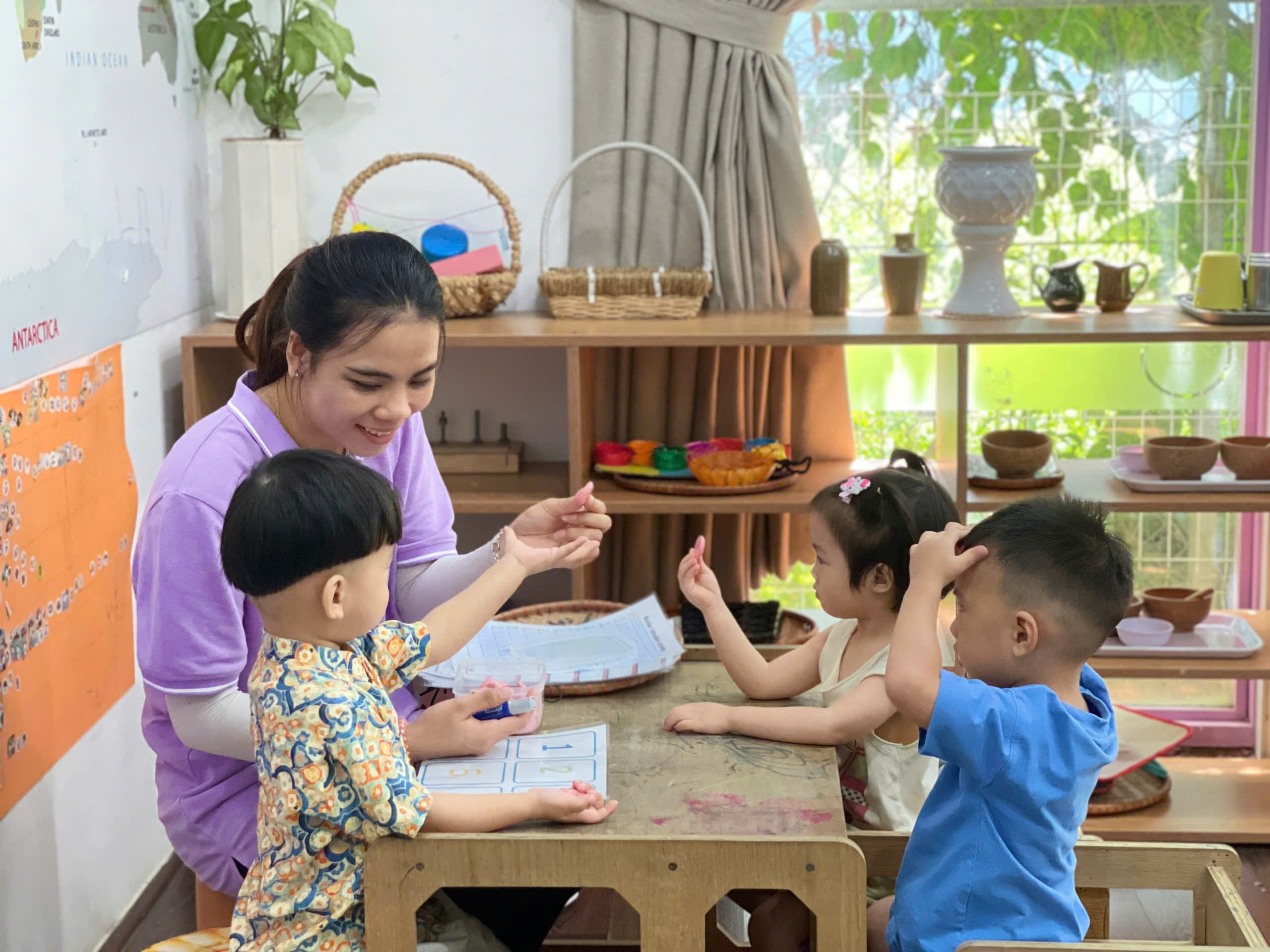
What are sensory activities?
Why sensory activities matter
– They strengthen brain development and neural pathways.
– They improve concentration, attention span, and memory.
– They enhance language skills by expanding vocabulary.
– They support emotional regulation and social development.
– They encourage curiosity, observation, and independent thinking.
Visual learning through sorting and matching
Sorting objects (2–5 years)
Sorting by color, size, or shape helps children observe and classify differences. You can provide colorful buttons, blocks, or household items of various shapes and let your child group them based on specific features.
Stacking blocks
Blocks that nest or stack into towers help children understand size progression and spatial relationships. In Montessori classrooms, the “pink tower” teaches children to discriminate size through hands-on exploration.

Sensory Activities That Help Children Learn
Auditory learning through sound discrimination
Dried lima beans (18 months–4 years)
Let children pour dried beans in a bowl or scoop them with ladles. This helps them enjoy the soft rattling sound while also developing hand-eye coordination.
Matching bells (3–5 years)
Provide pairs of bells with identical sounds. Blindfold the child and ask them to match the bells by sound alone. This activity sharpens auditory memory and concentration.
Sound cylinders (3–6 years)
Fill opaque jars with materials like rice or beans. Children shake them and match jars with similar sounds. It improves auditory discrimination and fine motor skills.
Developing self-control through silence
The Silence Game (2–6 years)
Ask children to sit quietly and listen for their names whispered. This enhances their ability to concentrate and appreciate the stillness around them.
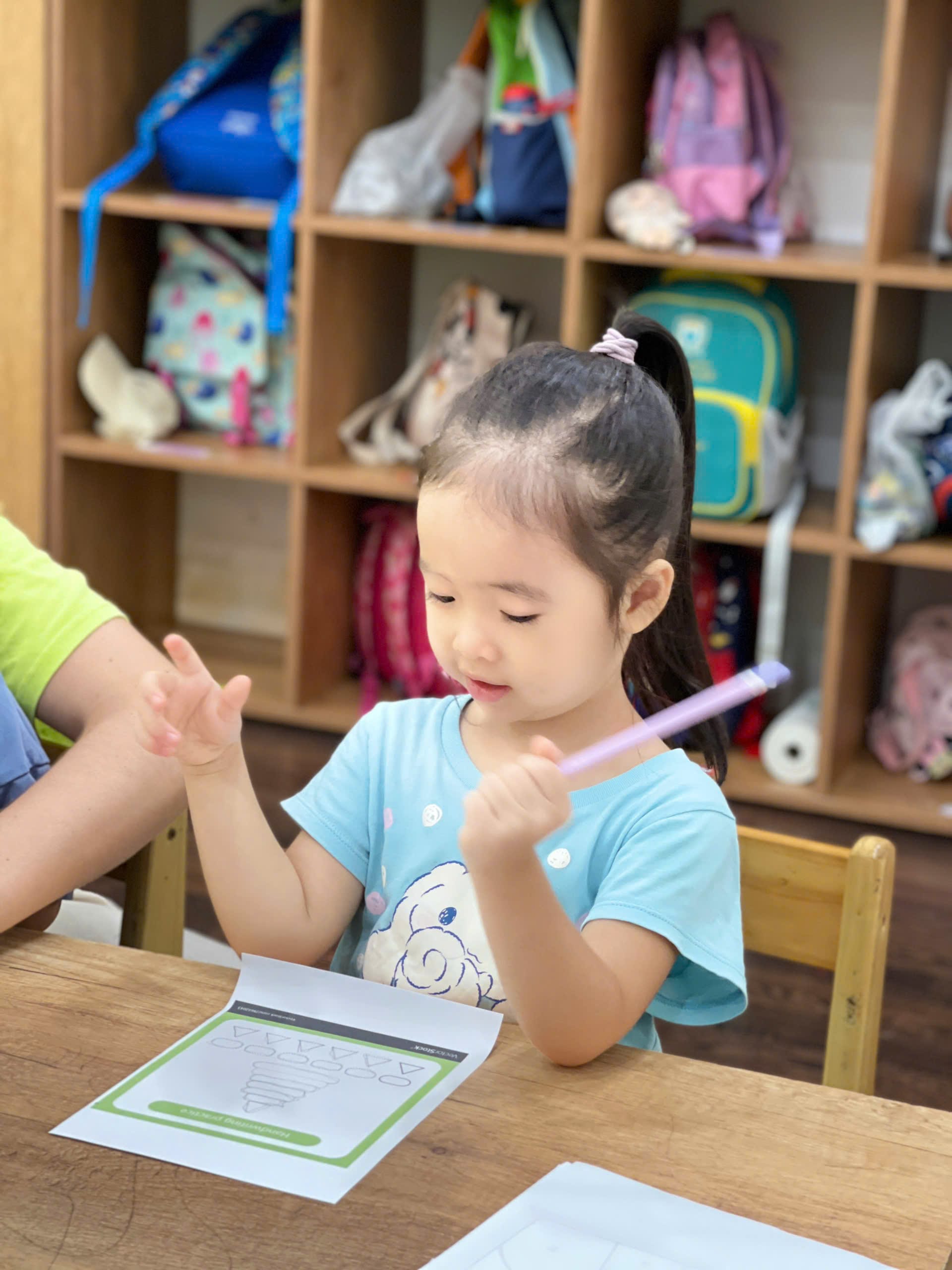
Developing self-control through silence
Encouraging musical awareness
Listening to music (18 months–6 years)
Play different genres of music and encourage your child to dance, clap, or sing along. Over time, teach them to identify instruments and rhythms. Introduce names of famous tunes and composers for more advanced learners.
Tactile exploration and touch
Texture matching (3–5 years)
Create texture boards using different materials like sandpaper, silk, or cotton. Children can match textures using only their hands, even with eyes closed.
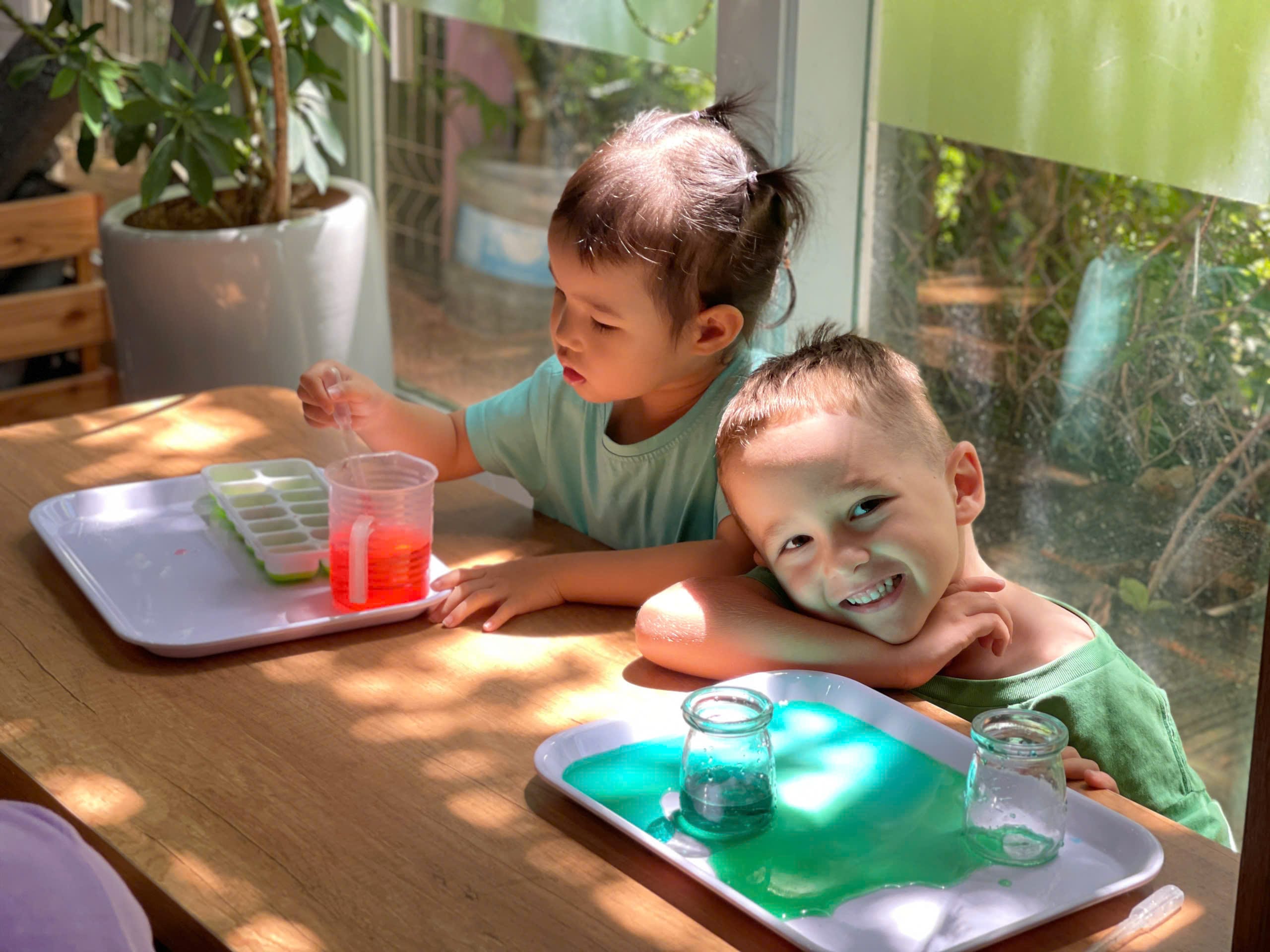
Sensory Activities That Help Children Learn
Fabric matching (3–5 years)
Provide paired squares of different fabrics. Children try to find the matching pairs by touch. This promotes memory and sensitivity.
Sandpaper tablets (3–5 years)
Provide wooden tablets covered with sandpaper of varying grades. Children try to match pairs based on texture.
The mystery bag (3–6 years)
Fill a cloth bag with small items. Ask your child to reach in and identify objects by touch alone. It builds tactile memory and descriptive language.
Smelling to enhance recognition
Perfume bottles (3–5 years)
Create matching pairs of scent jars using essential oils, herbs, or spices. Children sniff and match jars, training their olfactory sense and memory.
Herb scents (3–5 years)
Use fresh herbs like lavender, rosemary, or thyme. Let children crush them or use them in potpourri sachets. This ties sensory learning with nature and real-life applications.
Taste exploration
Tasting bottles (3–5 years)
Introduce the four basic tastes: sweet, salty, sour, and bitter using labeled jars with small amounts of food items like lemon juice or cocoa. Children can guess the taste with eyes closed.
Food identification
During meals, ask your child to describe what they taste and smell. Use questions like “Is this sweet or salty?” to build vocabulary and taste sensitivity.
Vocabulary and cognitive development
Many sensory activities serve as vocabulary lessons. As children learn the names of textures, shapes, and objects, their understanding deepens. Matching and sorting also develop logic, sequencing, and classification skills.
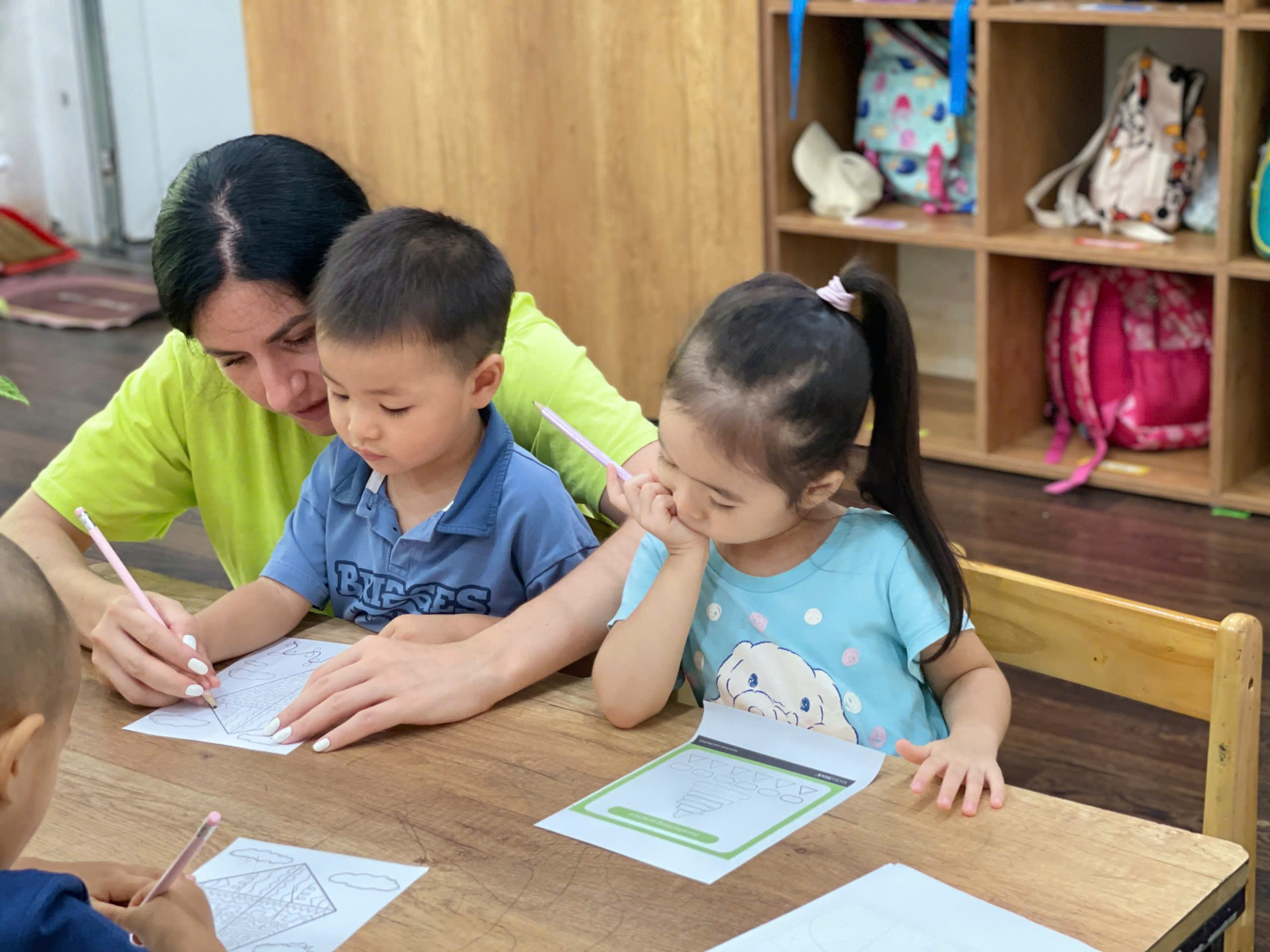
Vocabulary and cognitive development
Practical tips for sensory activities
– Choose materials that are safe, clean, and age-appropriate.
– Rotate activities regularly to maintain interest.
– Supervise closely, especially when small objects or liquids are involved.
– Encourage descriptive language: “How does it feel?” “What does it smell like?”
– Let your child take the lead—the goal is exploration, not perfection.
Incorporating sensory activities that help children learn into daily routines is one of the most natural and effective ways to support early development. These experiences foster curiosity, independence, and joy in learning. Whether it’s matching textures, exploring scents, or dancing to music, every sensory experience contributes to the foundation of a child’s lifelong love of discovery.

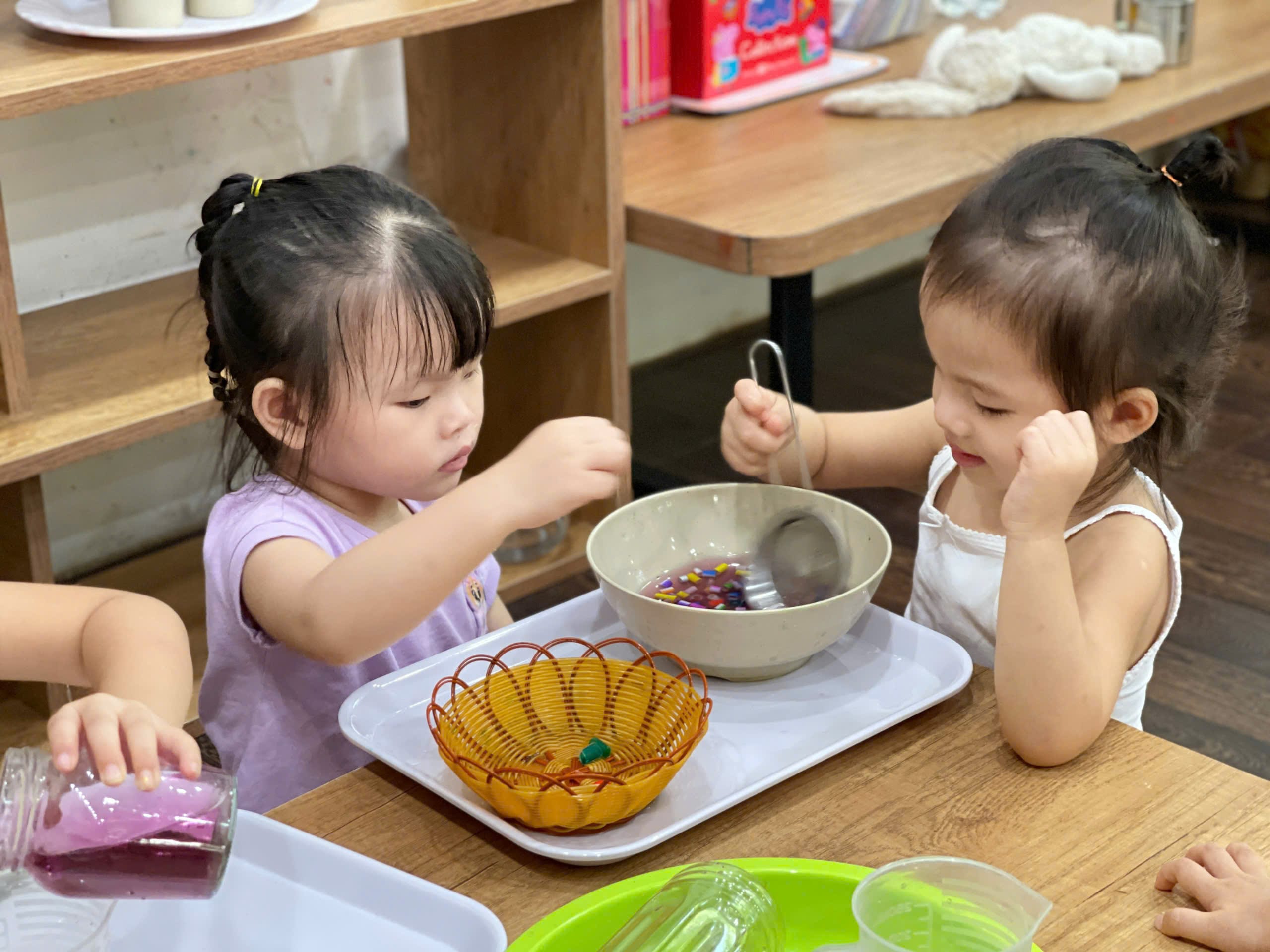
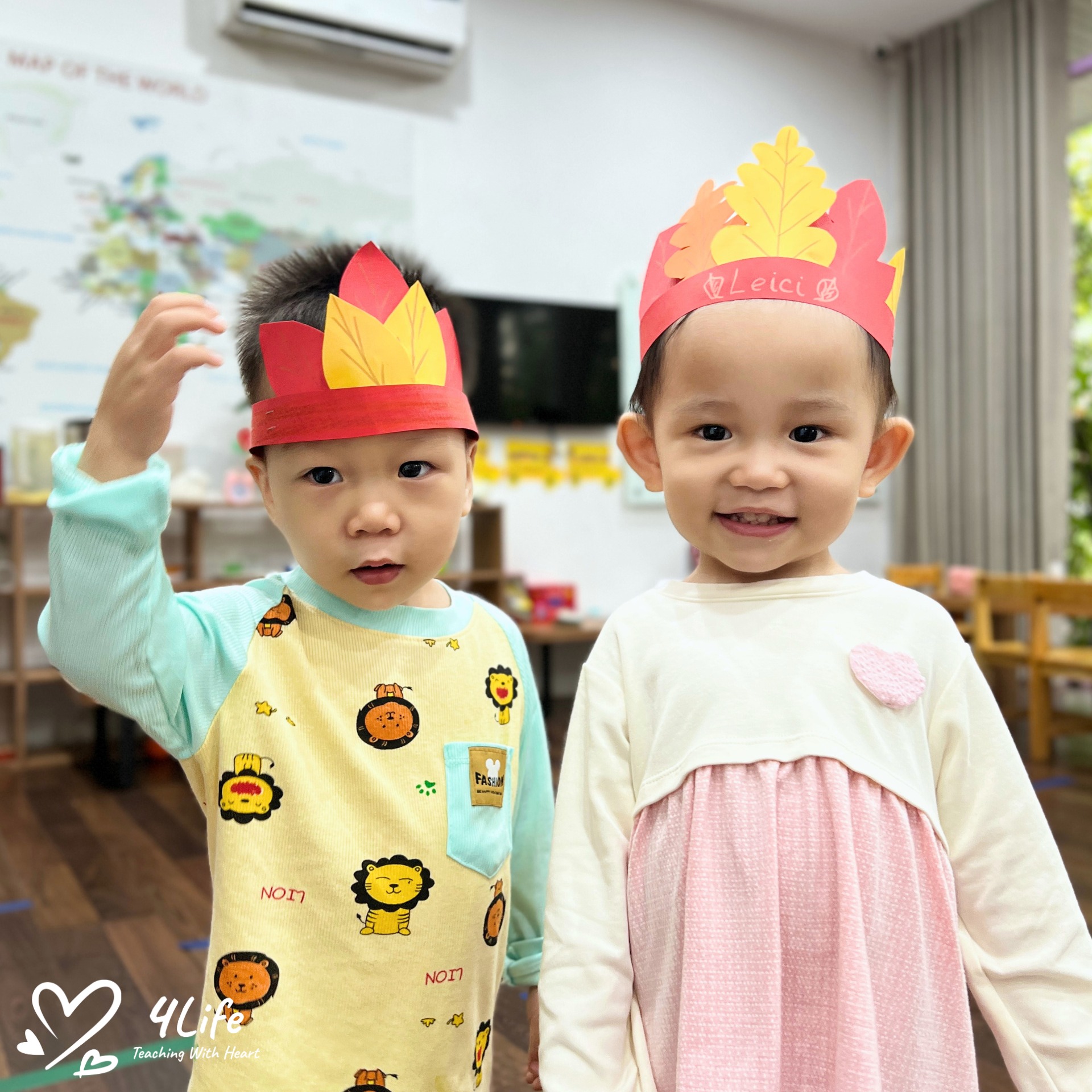
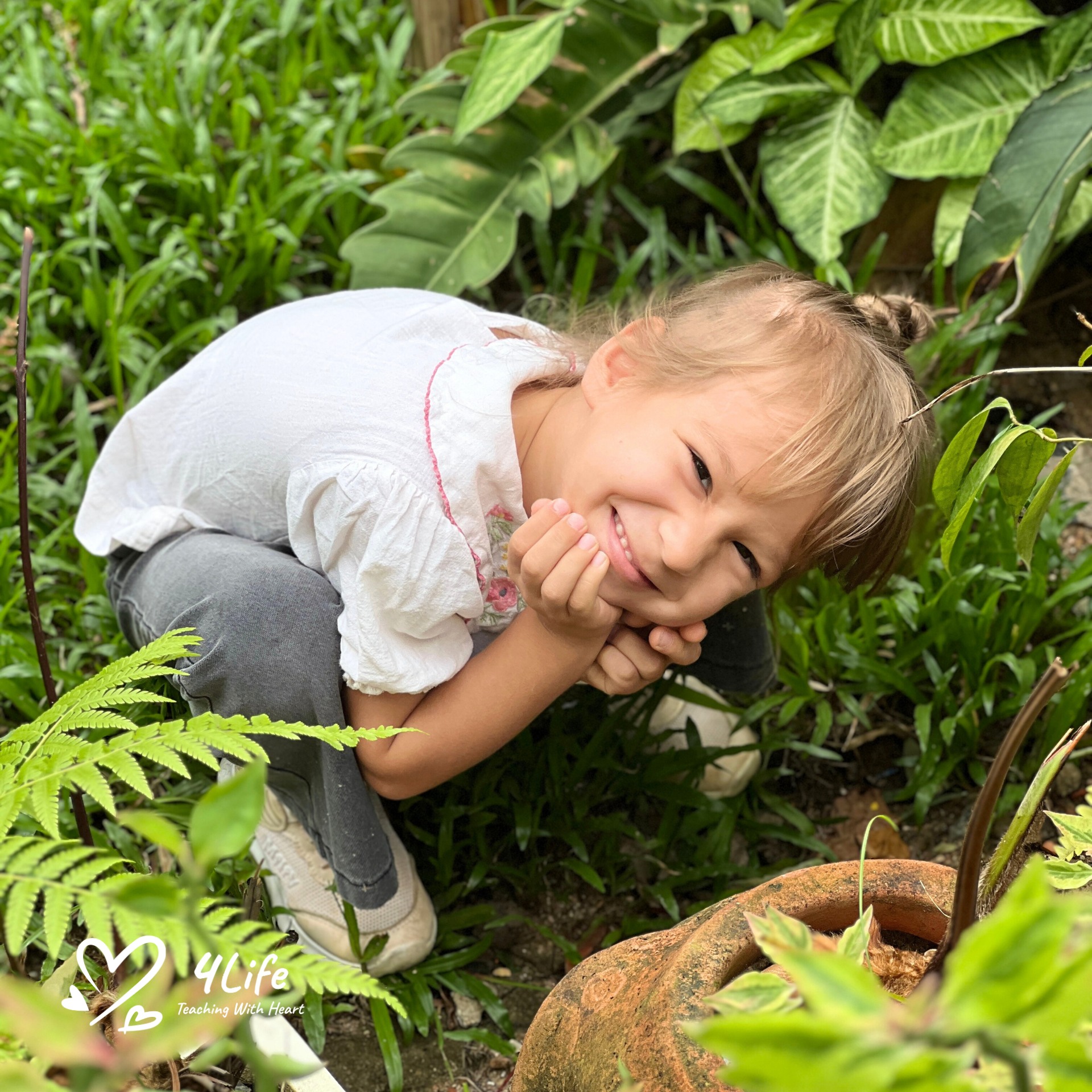
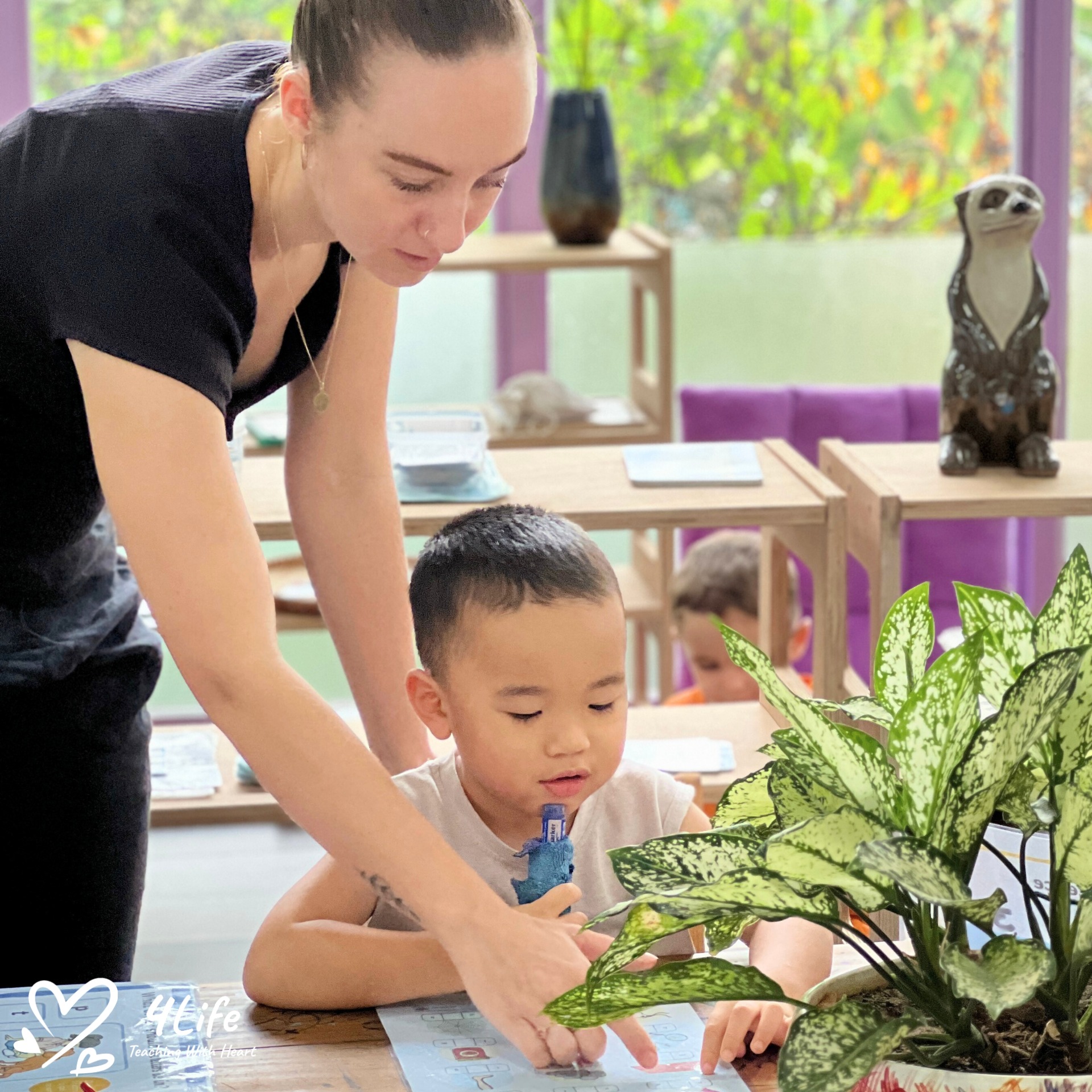
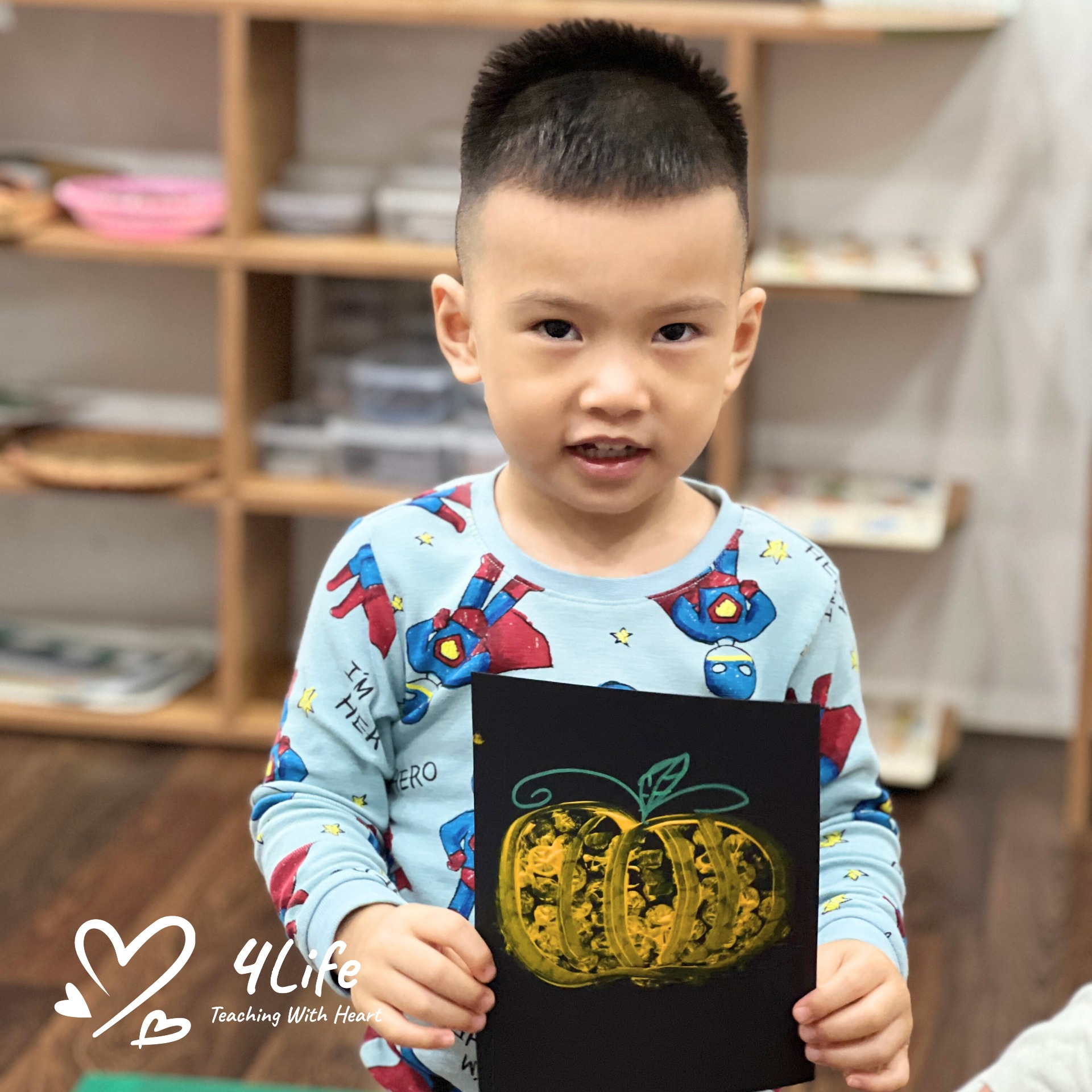
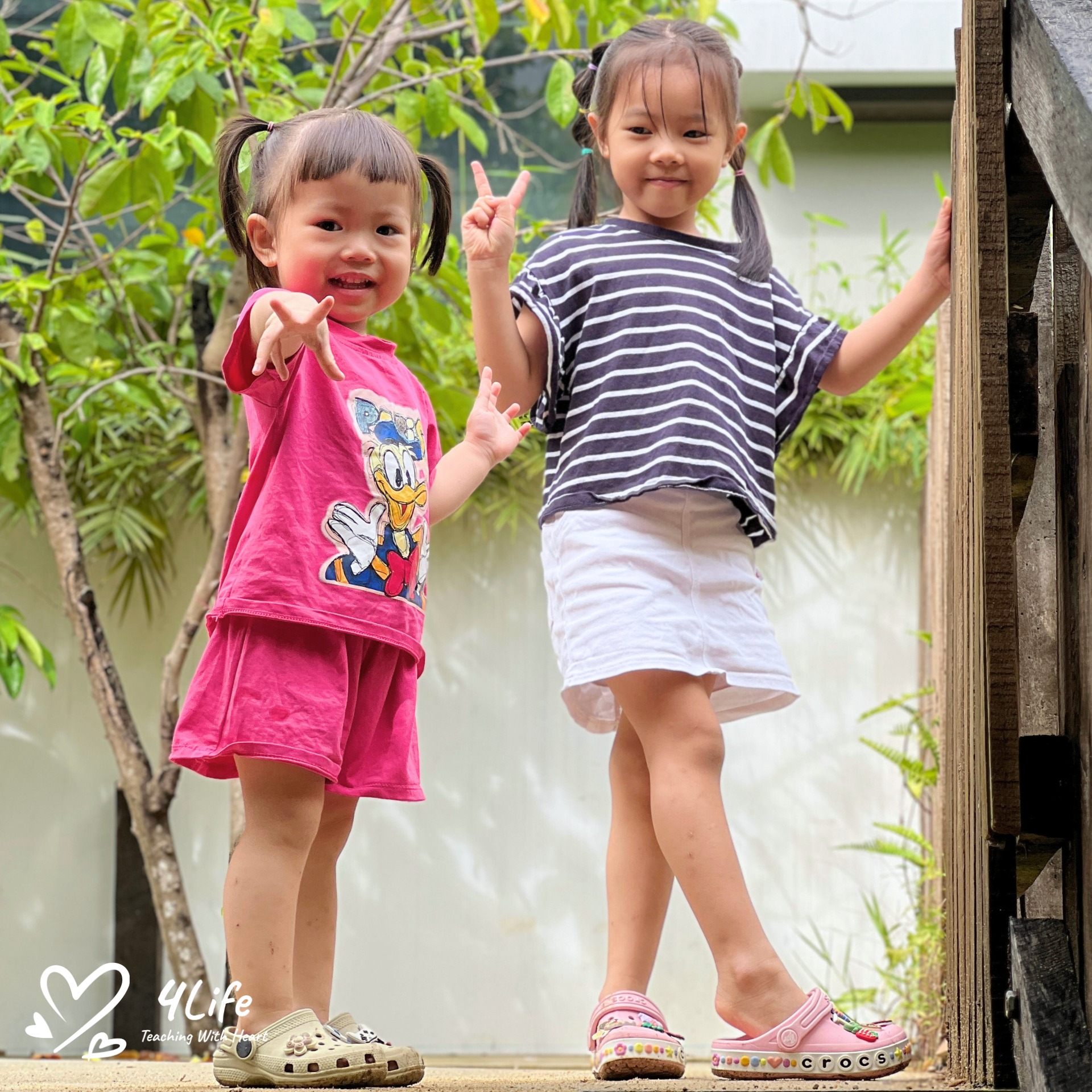
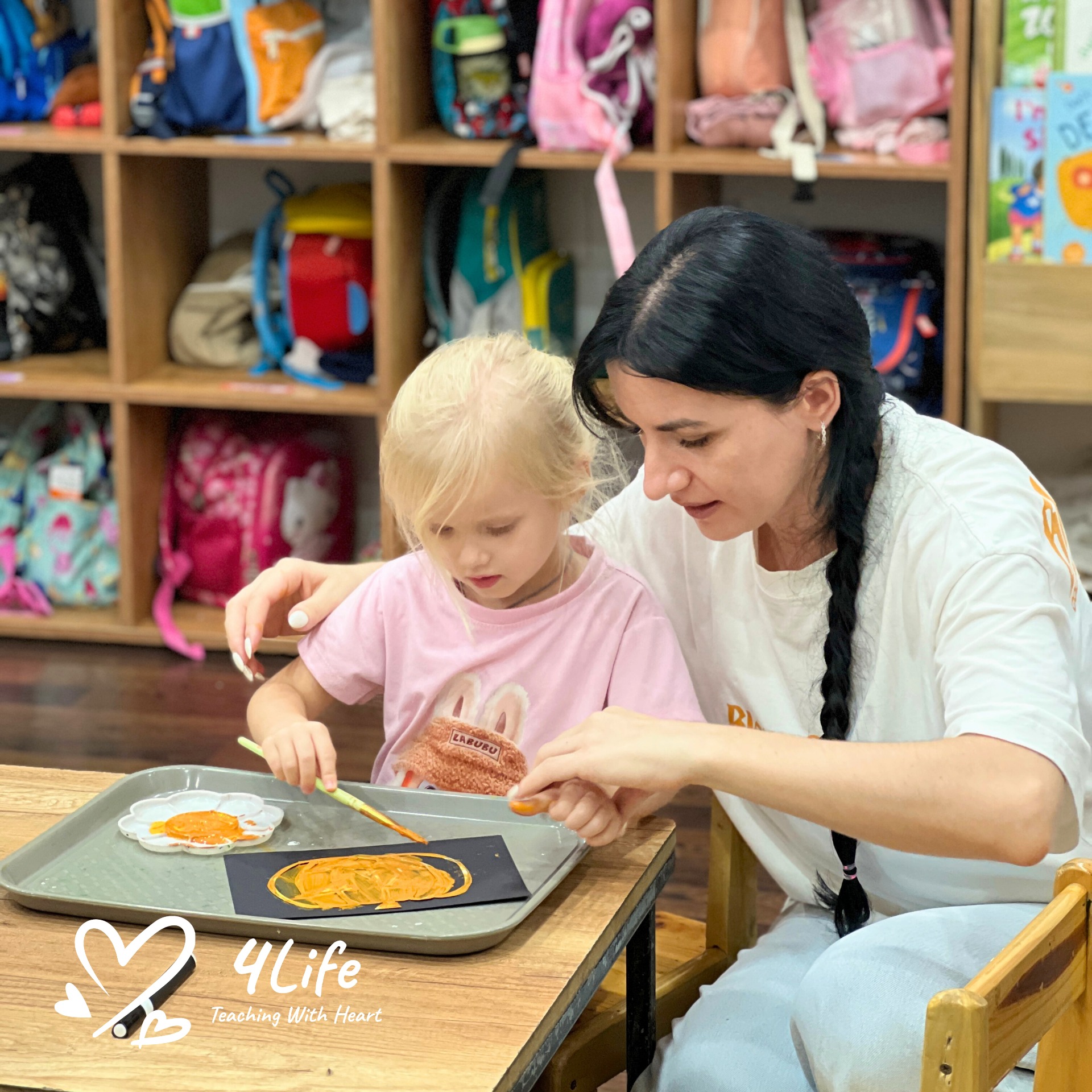
0 Comments